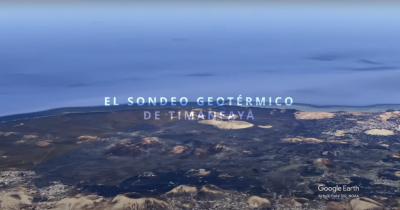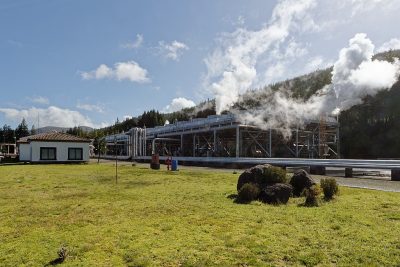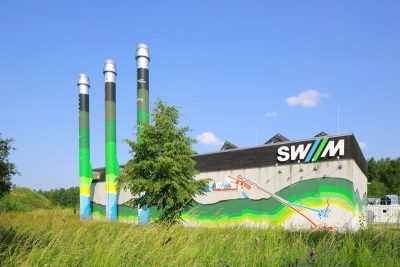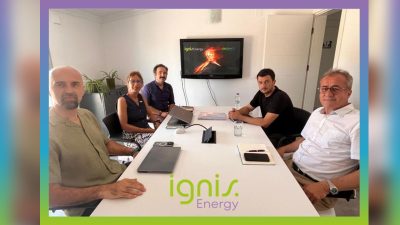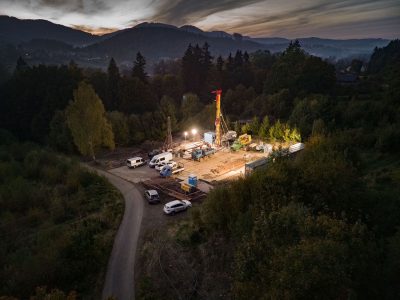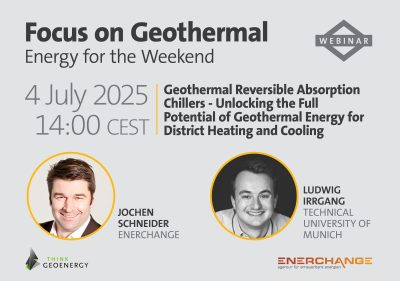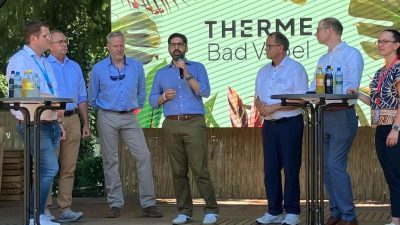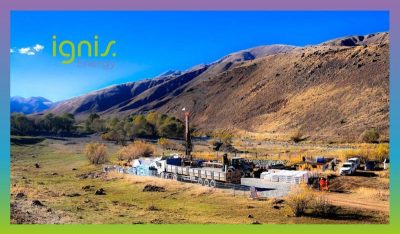Ireland announces EUR 1 million in funding for geothermal research
The Sustainability Energy Authority of Ireland has announced funding of EUR 1 million for geothermal projects, with the major part going to a project that is to help de-risk Ireland's geothermal energy potential.
Reported today from Ireland, three projects in Ireland have received a total of EUR 1 million in funding for research on tapping geothermal energy in the country.
The funding is provided under the 2019 Sustainable Energy Authority of Ireland (SEAI) National Energy Research, Development and Demonstration Funding Programme, with strategic co-funding support from Geological Survey Ireland (GSI).
A new project, DIG (De-risking Ireland’s Geothermal energy potential), has received EUR 775,606 by a group of Irish and international project collaborators.
Scientists from DIAS/iCRAG (Brian O’Reilly, Sergei Lebedev, Javier Fullea, Duygu Kiyan and Chris Bean) and UCC/iCRAG (Patrick Meere) together with their Irish and international project collaborators will aim to explore the potential for low-enthalpy geothermal energy on the island of Ireland.
The four-year research project will integrate multi-disciplinary, multi-scale geophysical, geological and geochemical data by means of joint analysis, interpretation, modelling and inversion.
The DIG team assembled for the project brings comprehensive knowledge of geophysical and geological methods. These include active and passive seismics, active and passive (i.e. magnetotellurics) electromagnetic methods, and integrated geophysical-petrological modelling together with Irish crustal geology and rock geochemistry.
Gaving and Doherty Geosolutions received funding for ThermoWell, that targets applying novel drilling and exploration techniques for deep geothermal resources.
The other project called ShallowTHERM is targeting the estimation for underground heat-exchange potential for shallow geothermal installations, in particular, vertical closed loop collectors.







